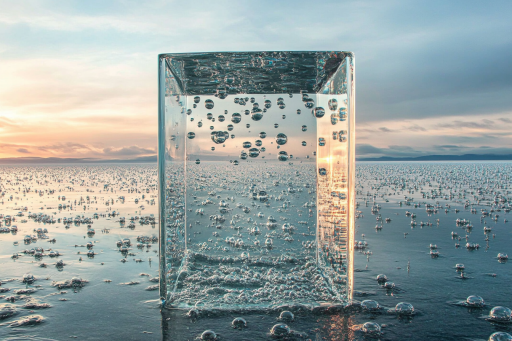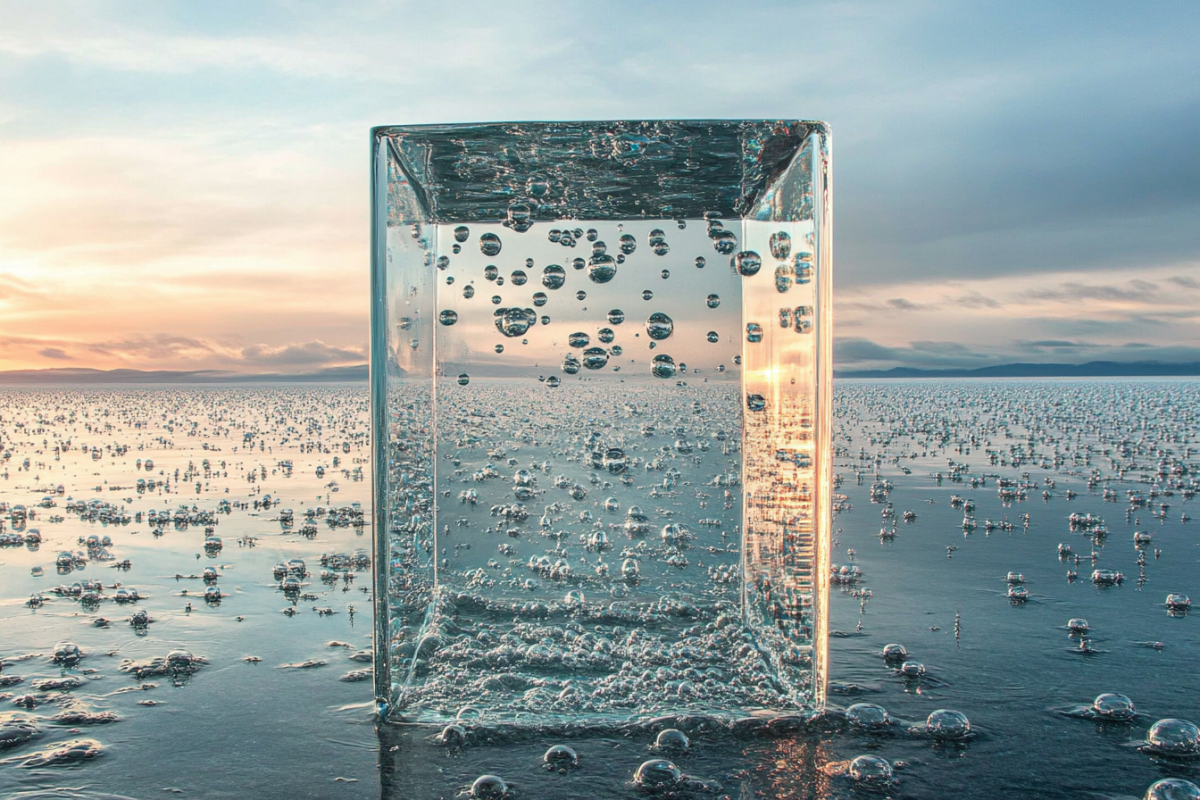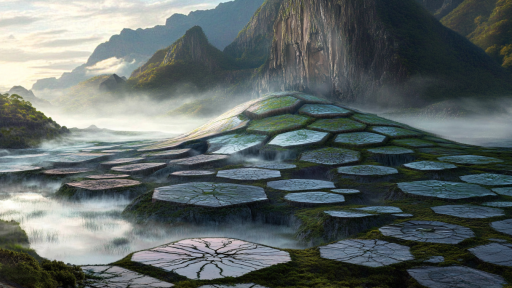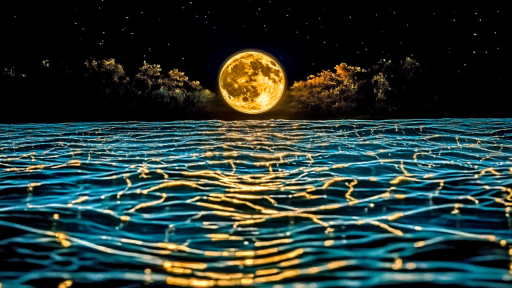
Water is one of the most mysterious and powerful forces on Earth. While we often think of it as flowing downward, nature and science have revealed astonishing ways it can seemingly defy gravity. From bizarre natural phenomena to groundbreaking experiments, water has the ability to climb, float, and even suspend itself in midair. These strange behaviors challenge our understanding of physics and reveal the hidden wonders of the world around us.
Water That Flows Uphill in Magnetic Fields

Scientists have discovered that water can be manipulated to move upward using strong magnetic fields. Since water contains tiny amounts of diamagnetic materials, an intense enough magnet can pull it against gravity. This phenomenon has been demonstrated in laboratories where droplets hover and even climb surfaces. The implications for future technology and medicine are just beginning to be explored.
The Mysterious Reverse Waterfall

In rare cases, powerful winds can force waterfalls to flow backward, appearing as if the water is climbing into the sky. One of the most famous examples occurs in certain coastal cliffs, where strong updrafts push falling water back up the rock face. The sight is mesmerizing, as misty streams seem to fight against gravity itself. These rare occurrences highlight the raw power of atmospheric forces.
The Strange Phenomenon of Supercooled Water

Supercooled water remains liquid even when cooled below its freezing point, defying what we expect from normal physics. When disturbed, it instantly crystallizes into solid ice in a matter of seconds. This effect has been used in scientific research and even medical applications, showing that water’s behavior is far more complex than it seems. In the right conditions, it challenges everything we assume about freezing and melting.
Leidenfrost Effect: Water That Floats on Air

When a droplet of water touches a surface much hotter than its boiling point, it hovers and moves as if it’s alive. This happens because a layer of vapor forms beneath the droplet, keeping it suspended in midair. The effect allows water to dance across hot metal and even climb uphill on heated surfaces. This seemingly gravity-defying trick has inspired scientific innovations, from cooking to space research.
The Incredible Water Bridges That Shouldn’t Exist

Under the right electrical conditions, water can form a floating bridge between two beakers, completely unsupported. The liquid stretches and holds its shape as if an invisible force is pulling it together. Scientists still debate how this works, but electric charge appears to play a major role. This surreal phenomenon looks more like something from science fiction than real-life physics.
Capillary Action: When Water Climbs Against Gravity

Water can defy gravity in narrow spaces due to a phenomenon called capillary action. This is how trees pull water from their roots all the way to their highest leaves, seemingly making liquid travel upward on its own. Capillary action is also why paper towels absorb liquid even when held upright. Without this gravity-defying ability, life on Earth would not exist as we know it.
The Floating Water Droplets in Zero Gravity

In space, water behaves in bizarre ways due to the lack of gravity. Instead of falling, droplets merge into floating spheres that astronauts can manipulate and even drink in midair. These surreal globules reflect light like tiny planets and can be controlled using simple motions. The study of water in zero gravity has led to breakthroughs in space travel and science.
Tidal Bores: Rivers That Flow Backward

In certain locations, ocean tides force river water to reverse direction and surge inland against the current. These powerful waves, known as tidal bores, can travel for miles, forming walls of water that defy the normal flow of rivers. Some places, like the Amazon’s Pororoca, even have surfers who ride these gravity-defying waves for astonishing distances. The sheer force of nature makes this one of the strangest water phenomena on Earth.
Water Droplets That Move by Themselves
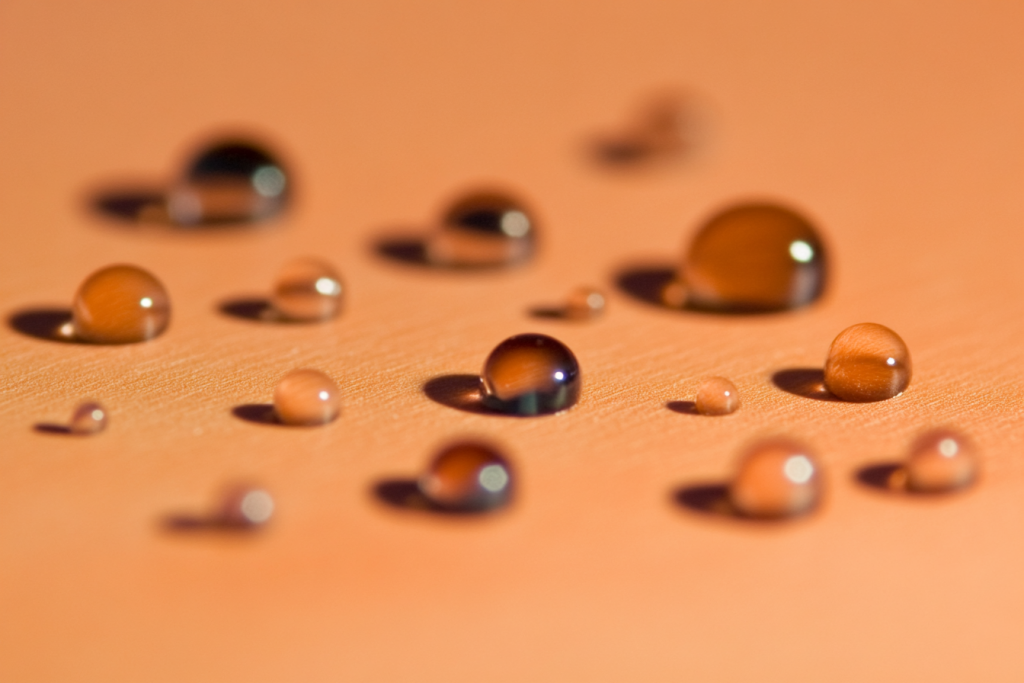
Scientists have discovered that tiny water droplets can “walk” across surfaces due to temperature differences. The heat causes uneven evaporation, making them propel themselves in unexpected directions. This discovery has inspired research in microfluidics, leading to futuristic medical and technological applications. The idea that water can move independently, seemingly without external force, is rewriting scientific understanding.
Upside-Down Lakes That Shouldn’t Exist

In some places, layers of water of different densities form “upside-down lakes,” where heavier saltwater sits below lighter freshwater. This creates an eerie effect where divers seem to swim in a lake beneath the ocean. The most famous examples are found in underwater caves, where a visible, wavy “surface” forms between the two layers. This natural illusion tricks the eye and challenges how we perceive gravity underwater.
Water That Defies Gravity in Sound Waves

Under the right frequency, sound waves can levitate small droplets of water, making them hover in midair. This phenomenon, known as acoustic levitation, uses precise vibrations to counteract gravity. Scientists are exploring ways to use this technique in medicine, chemistry, and even space travel. The sight of water floating effortlessly in a sound field is as mesmerizing as it is baffling.
Gravity Is Only Part of the Story
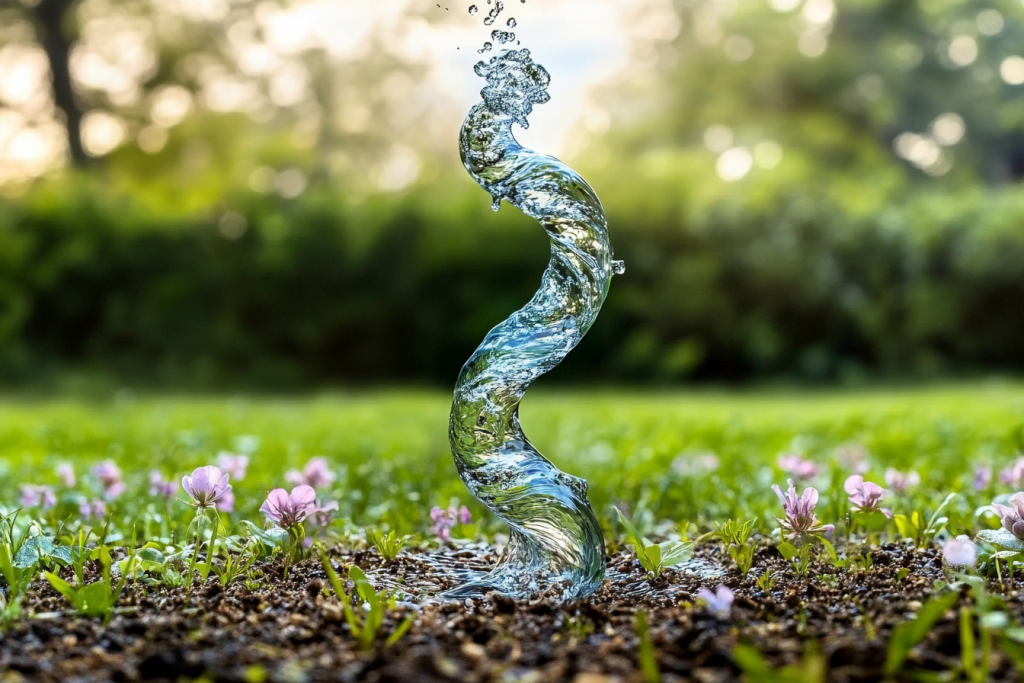
Water is far more than a simple liquid—it is a force that interacts with nature in ways we are still trying to understand. From climbing against gravity to floating in space, its behaviors reveal the hidden complexities of physics and life itself. The more we study water, the more it challenges our assumptions about what is possible. Perhaps the rules of gravity aren’t as unbreakable as we once thought.

